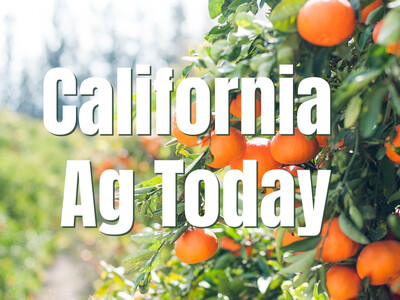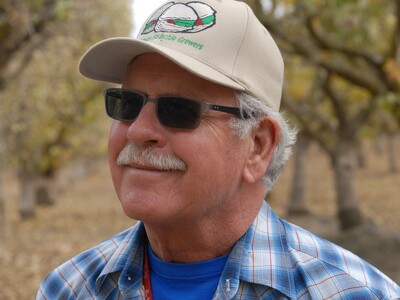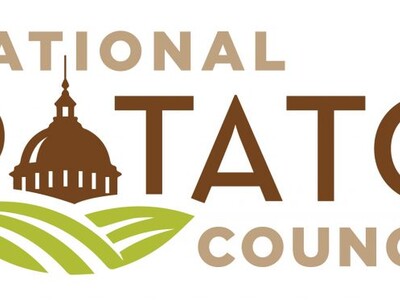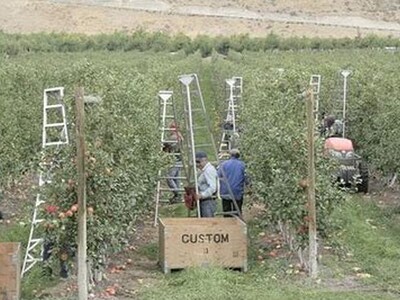Kansa packing plant fire
On August 9 a fire broke out at one of the largest beef packing plants in the U.S., significantly impacting beef markets in the days and weeks that followed. The fire, at a plant in Holcomb, Kansas, owned by Tyson Fresh Meats, stressed an already sensitive balance between processing capacity and a growing fed cattle supply. Immediately after the fire, the Holcomb facility's cattle were sent to other facilities in an industry already facing a relatively strained capacity. Among the many questions surrounding the fire are how is it impacting stakeholders who both sell to and buy from this increasingly concentrated industry, and when we can expect everything to get back to normal?How Big is the Plant and What's Going on There? According to CattleFax, the Holcomb facility had a daily capacity of approximately 6,000 head, and accounted for about 6% of U.S. slaughter capacity, a not insignificant share for a single plant. Prior to the fire, Tyson held the nation's largest market share of beef processing capacity at 29%, followed by JBS, Cargill and National at 23%, 22% and 12%, respectively. While the plant is out of commission, Tyson's share could have dropped to 23%, however, due to reshuffling fed cattle to other facilities, Tyson will be able to keep the fire's impact to its overall volume somewhat muted.














